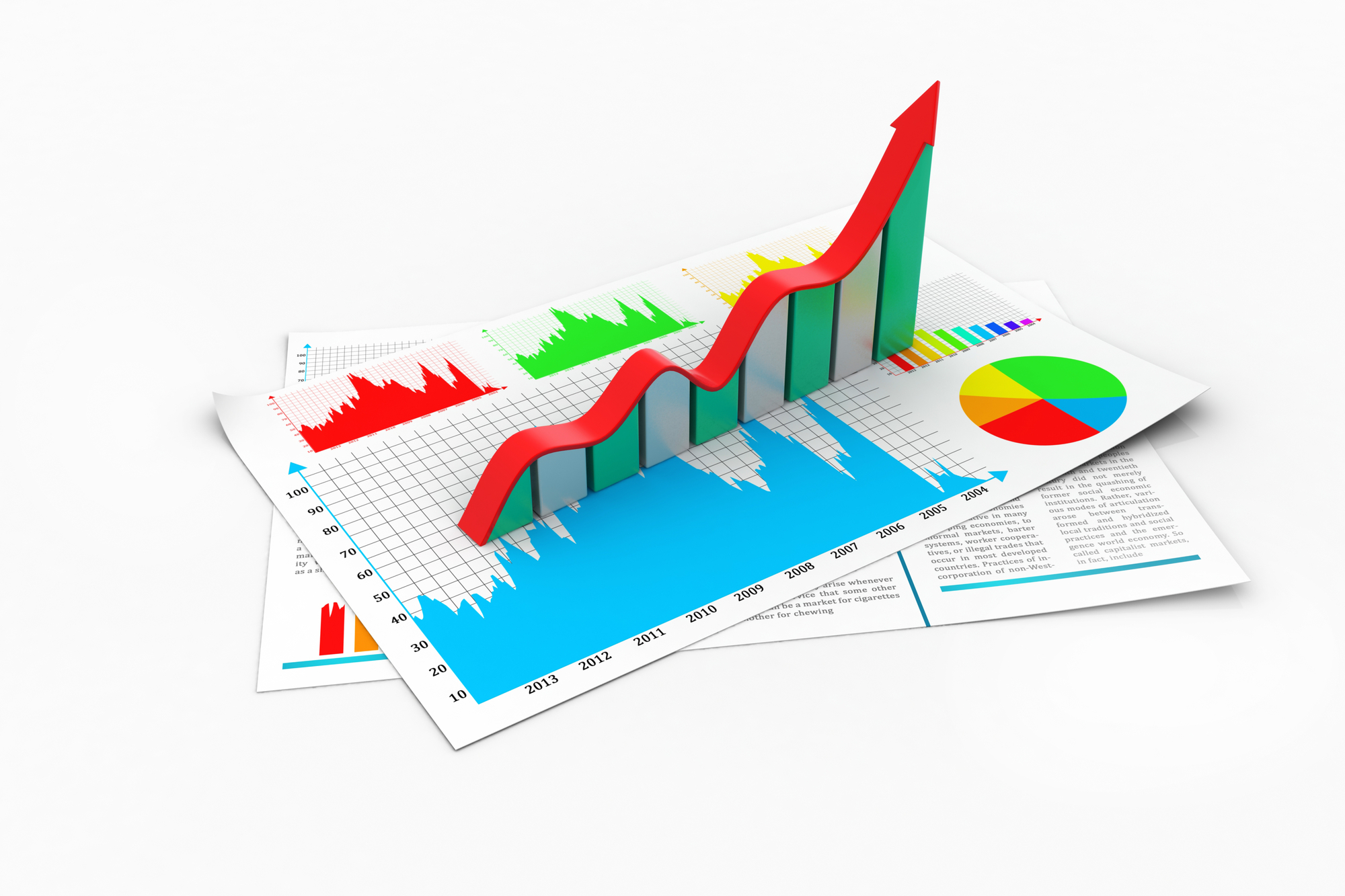Let’s start with the obvious yet important thing – financial accountants need to create reports that will support the company in the month-end close process on a consistent basis, satisfying areas like consolidated financial reports, reporting package management, and reporting by a subsidiary for some cases as well.
Financial reporting has two components:
- Report Designer, which helps you to combine building blocks to define a report; and
- Report Schedules, which helps you to automate the report generation.
Financial reporting allows financial and business professionals to create, maintain, deploy and view financial statements. It moves beyond traditional constraints to help teams efficiently design various types of financial reports, supporting financial dimensions. Moreover, no additional tools or configurations are required for account segments or dimensions. Reports also can be either scheduled or run ad hoc.
Building Blocks
Building blocks are the definition of a report which basically consists of rows and columns to display the data – which looks like building blocks. There are four types of definitions that have to be mentioned to shed more light on building blocks:
- Row Definition – descriptive lines on the report, which lists the values that contain the values of each line item. It can include formatting and special calculation. So, for example, a row can be just a value for a specific main account, or a row can be a calculation.
- Column Definition – it is about the columns you like to see in the paper or on the screen which defines the period and includes column formatting and calculations.
- Reporting Tree Definition – resembles an organizational chart as well as contains individual reporting units to summarize the data.
- Report Definition – uses rows, columns, and reporting tree definition to build a report while providing additional options and settings.
Features
There are three main categories of features that describe Financial Reporting in the best manner:
- Report Design Flexibility – allows users to save dimension combinations, reusing dimensions for multiple reports; control dimension descriptions; format headers for rolling forecasts.
- Financial Report Collaboration – the one that helps users to manage the generation and distribution of reports. You are able to automate reports through daily/weekly/monthly/annual scheduling; export to the read-only XPS format OR Microsoft Excel worksheet; and share reports through links.
- Interactive Report Viewing – supercharges users with an ability to change the report’s date, currency; view a summary or a detailed view of the report; add dimension and attributes filters; and so on.
Access Restriction
There is a possibility to restrict access to a specific reporting unit in order to prevent certain users and/or groups from accessing it. You are also able to define restrictions so that apply to child reporting units of the reporting unit. A common case would be a situation where you want to provide controllers with access to the data of the business unit/cost center they are responsible for.



